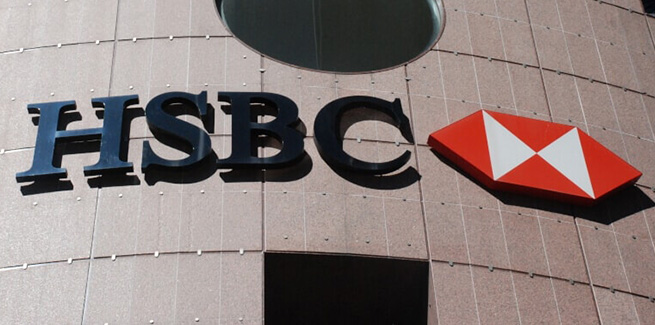According to the Australian Prudential Regulation Authority’s (APRA) latest monthly banking statistics for February, HSBC has experienced the steepest mortgage portfolio growth (based on loan value) out of the non-major banks.
Its owner-occupied loan book grew by $862.2 million to $11.51 billion in February, while its investment portfolio grew by $381.4 million to $5.43 billion.
HSBC’s collective $1.2 billion-plus growth in residential home loans is well above the strongest performing major bank, the Commonwealth Bank of Australia (CBA), which reported an increase of $1 billion in February.
CBA’s mortgage growth had once again eclipsed that of its big four peers, with Westpac (and its subsidiaries) reporting portfolio growth of $400 million, followed by NAB ($300 million).
ANZ was the only big four bank to report an overall drop in its mortgage portfolio, which fell for the second consecutive month, declining by $400 million from $258 billion to $257.6 billion.
ME Bank was the second best performing non-major bank in the owner-occupied loan segment, with its book expanding by $356.5 million to $15.6 billion, followed by ING (+$321.7 million to $39.45 billion) and Macquarie (+$254.7 million to $23 billion).
Bendigo and Adelaide Bank’s owner-occupied loan portfolio also increased by $94.8 million to $23 billion, while Bank of Queensland’s grew by $66.7 million to $11.35 billion, AMP by $57.5 million to $10.07 billion, and Teachers Mutual Bank by $24.2 million to $5.05 billion.
On the other hand, Suncorp’s owner-occupied loan portfolio decreased by $4.2 million to $30.73 billion.
When it comes to investment loans, Macquarie was the second strongest performing non-major bank after HSBC, recording an increase of $96.6 million in its loan book in February to $12.32 billion, followed by Bendigo and Adelaide Bank (+$51.7 million to $12.65 billion), Heritage Bank (+$43.5 million to $1.63 billion), AMP (+$34.2 million to $3.43 billion) and Suncorp (+$9.7 million to $11.75 billion).
Conversely, the investment loan portfolios of the Teachers Mutual Bank, ME, ING, and Bank of Queensland had all shrunk in February – by $2.4 million to $873.7 million for TMB, $5 million to $5.35 billion for ME, $5.8 million to $9.82 billion for ING, and $11.7 million to $11.35 billion for BOQ.
APRA’s February banking statistics coincided with the release of the Reserve Bank of Australia’s (RBA) Financial Aggregates data, which revealed housing credit growth of 4.2 per cent in February 2019, 0.3 per cent higher than January 2019.
However, when assessed on an annual basis, housing credit growth was 2 per cent slower than the previous corresponding period, dropping from 6.2 per cent growth in February 2018 to 4.2 per cent growth in February 2019.
The RBA data also revealed that business lending grew by 5.3 per cent in February, up from the 3.4 per cent recorded in February 2018.
Personal lending, on the other hand, fell 2.7 per cent in February, compared to a decline of 1.1 per cent in the previous corresponding period.
The RBA reported total credit growth of 4.2 per cent over the same period, down from the 4.9 per cent growth recorded a year earlier.
Softening conditions in the credit and housing space has sparked debate among market analysts regarding the cause of the downturn, with some stakeholders, including RBA governor Dr Phillip Lowe, claiming that the “main story” of the downturn is one of “reduced demand for credit, rather than reduced supply”.
Dr Lowe claimed that falling property prices have deterred borrowers, particularly investors, from seeking credit.
Bank chiefs have expressed varying opinions on the matter, with Westpac CEO Brian Hartzer agreeing with Dr Lowe’s comments, pointing out in a parliamentary hearing that in Sydney and Melbourne, there was a “very substantial run-up in house prices over the last five, six, seven years”, and so people who purchased their homes four to five years ago are “still well ahead”.
Mr Hartzer said Westpac is not too fazed by the fall in house prices and that it would be more concerned if there was a sudden spike in unemployment.
In contrast, ANZ CEO Shayne Elliot admitted in a parliamentary hearing that he believes the downturn in the credit space has been primarily driven by the tightening of lending standards by lenders off the back of scrutiny from regulators and from the banking royal commission.
[Related: CBA trumps competitors with $1bn mortgage growth]
 ;
;
